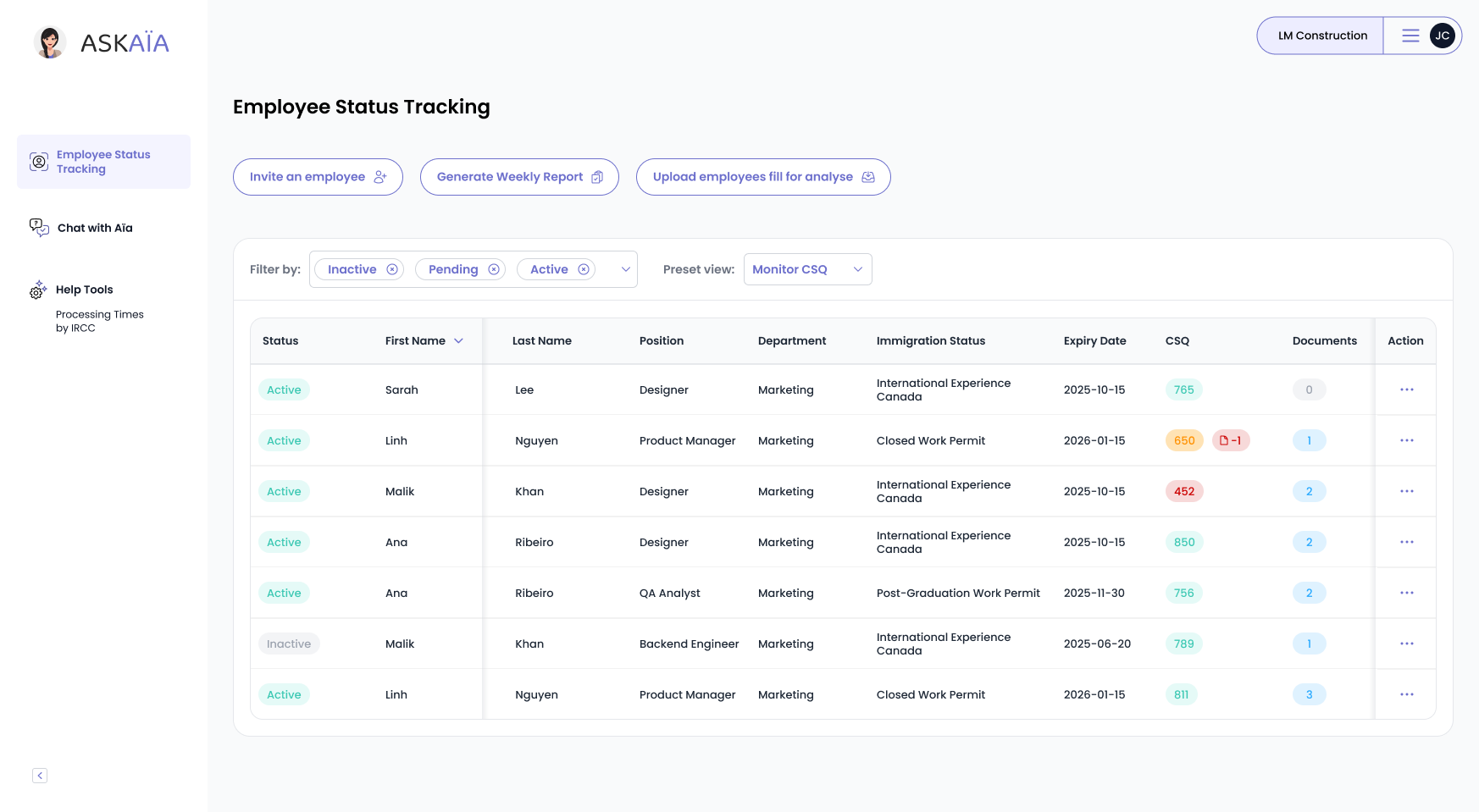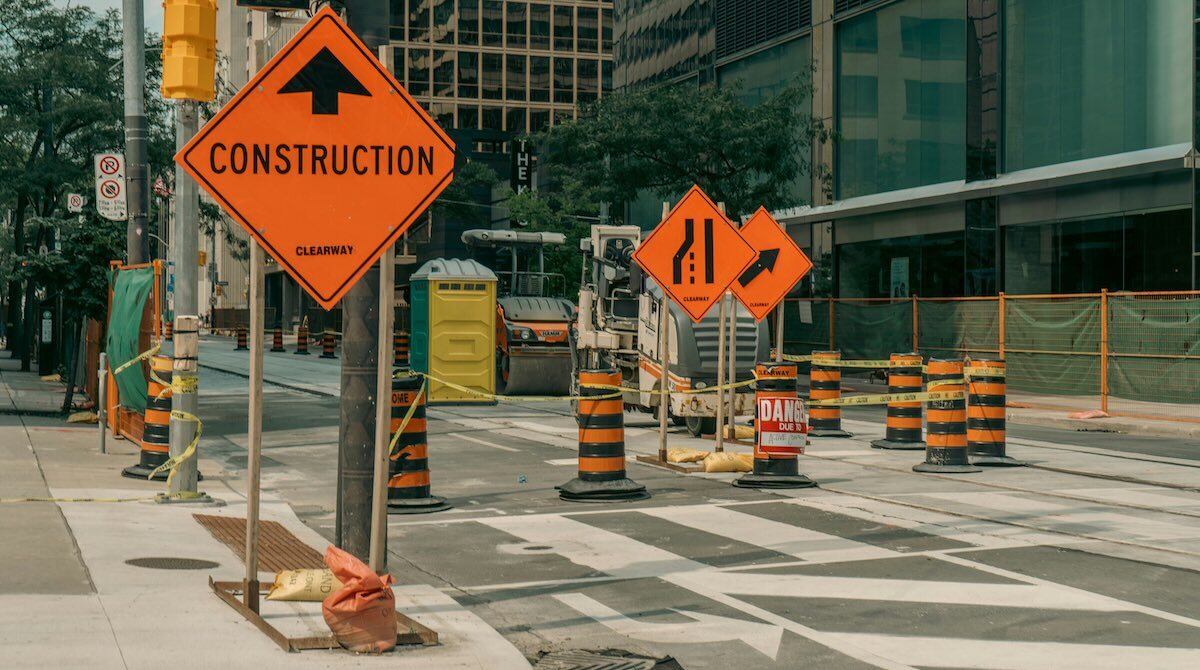Liberal leadership candidate Chrystia Freeland unveils a 10-point plan to address housing affordability by adjusting immigration levels based on housing supply.
On February 17, 2025, Chrystia Freeland, a contender for the Liberal Party leadership, introduced a comprehensive strategy aimed at mitigating Canada's housing affordability crisis. Central to her proposal is the adjustment of immigration levels in direct correlation with the nation's housing availability. This approach seeks to temper population growth until housing becomes more accessible and affordable for all residents.![]()
Key Components of the Freeland Plan
-
Adjusting Immigration Levels: Freeland suggests calibrating the number of new immigrants to align with the current housing supply, ensuring that the influx of newcomers does not exacerbate the existing housing shortage.
-
Reducing Development Charges: The plan proposes mandating municipalities to lower development fees, thereby decreasing construction costs and encouraging the building of more affordable housing units. Municipalities that fail to comply may face suspensions of federal infrastructure funding.
-
Eliminating GST on New Homes: To make homeownership more attainable, Freeland advocates for removing the Goods and Services Tax (GST) on new homes priced up to $1.5 million, directly reducing purchase costs for buyers.
-
Prohibiting AI in Rent Setting: The plan includes a ban on landlords using artificial intelligence to analyze tenants' personal data for rent determination, aiming to protect tenant privacy and prevent discriminatory practices.
Context and Implications
This proposal emerges amidst ongoing discussions about balancing immigration with infrastructure capabilities. In late 2024, the federal government announced a reduction in permanent resident admissions, planning to welcome 395,000 new permanent residents in 2025, down from 485,000 in 2024. This decision was influenced by concerns over housing shortages and the capacity of social services to accommodate a rapidly growing population.
For immigrants and prospective newcomers, these policy shifts underscore the importance of staying informed about Canada's evolving immigration landscape. Adjustments in admission targets may affect application timelines and availability of settlement resources. It's crucial for individuals and families planning to move to Canada to consider these factors in their relocation plans. To assess your eligibility for Canadian immigration programs, consider using AskAïa's Free Immigration Assessment.
Freeland's approach reflects a nuanced understanding of the interconnectedness between immigration and housing. By proposing policies that address both supply and demand, the plan aims to create a more sustainable environment for current residents and future Canadians alike.
As the Liberal Party leadership race progresses, this proposal is set to ignite further debate on how best to harmonize Canada's immigration policies with its housing and infrastructure capacities, ensuring equitable opportunities for all. For a comprehensive overview of upcoming immigration policy shifts, refer to Canada Immigration 2025-2027: How These 5 Policy Changes Affect You.

Let’s get your demo started
Book a demo
You May Also Like
These Related Stories

Lena Diab Takes Over Immigration: What Changes Are Coming?
Canada has a new face at the helm of immigration: Lena Metlege Diab, a seasoned provincial leader with a proven track record. Her appointment follows …

New LMIA Rules Limit Low-Wage Foreign Worker Hiring in 2025
Since January 2025, Canada will tighten rules on low-wage LMIA applications, restricting hiring in high-unemployment regions. This aims to prioritize …

Canada’s Leaders Back Stronger Francophone Immigration in 2025
Can Canada meet its growing demand for French-speaking newcomers? This article breaks down party leaders’ pledges to boost Francophone immigration. Al …
